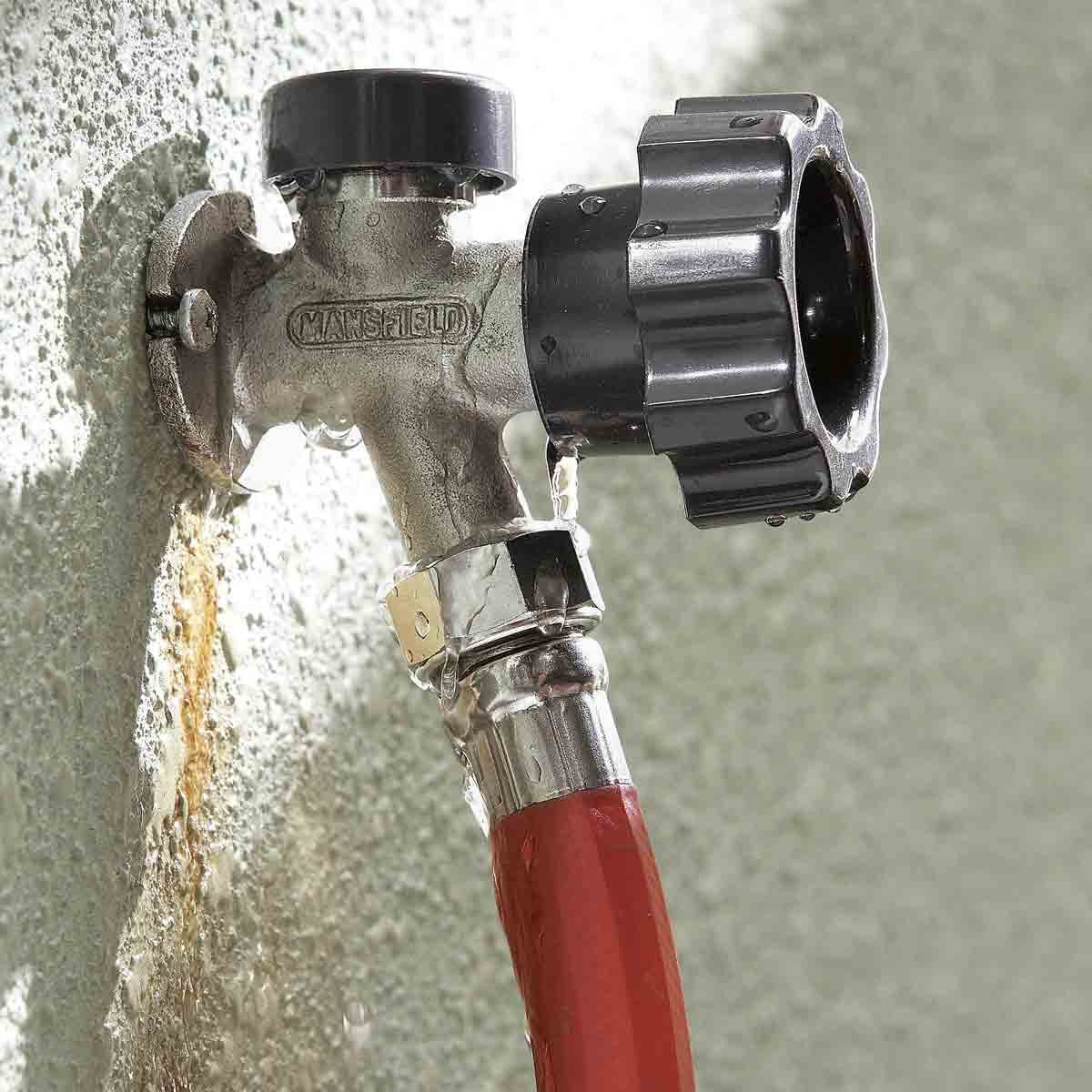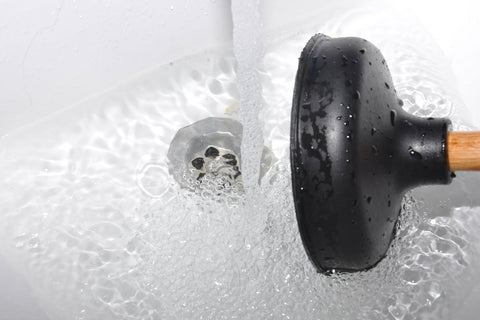Your Ultimate Guide: Several Winterizing Techniques to Avoid Pipe Bursts in Chilly Conditions
Your Ultimate Guide: Several Winterizing Techniques to Avoid Pipe Bursts in Chilly Conditions
Blog Article
The article down below in relation to Winterizing Your Pipes is without a doubt attention-grabbing. Check it out for your own benefit and figure out what you think about it.

All house owners who reside in warm climates should do their best to winterize their pipes. It is something you need to do during autumn prior to deep winter really starts. Failure to do so can spell disaster like icy, split, or burst pipes. If the weather exterior is shocking, here are some useful winterizing hacks to maintain your plumbing system secured also.
Activate the Faucets
When the temperature declines as well as it appears as if the icy temperature will certainly last, it will certainly help to turn on your water both indoors and outdoors. This will certainly keep the water moving through your plumbing systems. You'll end up losing gallons of water this method.
Open Cabinet Doors Hiding Plumbing
When it's chilly outside, it would certainly be practical to open up cupboard doors that are masking your pipelines. Doing this small technique can maintain your pipes cozy and restrict the possibly dangerous results of freezing temperatures.
Take Time to Wrap Exposed Pipeline
One clever as well as easy hack to warm up frigid pipelines is to cover them with cozy towels. You can cover them initially with towels. After safeguarding them in position, you can pour boiling water on the towels. Do it slowly to let the towels absorb the liquid. You can additionally use pre-soaked towels in hot water, just don't neglect to put on protective handwear covers to guard your hands from the warmth.
Try a Hair Clothes Dryer or Heat Weapon
When your pipelines are practically freezing, your dependable hair clothes dryer or warmth weapon is a godsend. If the warm towels do not help displace any type of working out ice in your pipes, bowling warm air directly right into them may help. You might finish up damaging your pipelines while trying to thaw the ice.
Turn off Water When Pipelines are Frozen
Switch off the major water valve right away if you see that your pipelines are entirely icy or practically nearing that phase. You will generally locate this in your cellar or utility room near the heater or the front wall closest to the street. Turn it off as soon as possible to stop additional damages.
With even more water, even more ice will certainly stack up, which will eventually lead to break pipelines. If you are unsure about the state of your pipelines this winter months, it is best to call a specialist plumber for an inspection.
All property owners that live in temperate environments should do their finest to winterize their pipes. Failing to do so can spell disaster like frozen, broken, or ruptured pipes. If the hot towels do not assist displace any clearing up ice in your pipelines, bowling hot air directly into them might assist. Turn off the main water valve promptly if you see that your pipes are totally frozen or virtually nearing that stage. With more water, even more ice will pile up, which will eventually lead to break pipes.
PREVENT YOUR PIPES FROM FREEZING THIS WINTER
A Leading Cause of Property Damage
When the weather is taking a deep nose dive into the cold dreary days, the risk of your pipes freezing and potentially bursting skyrockets. Unfortunately, during these cold dreary months, burst pipes are the most common denominator for property damage. The pipes that are most at the risk are those that are in areas where it is most cold in your home. For instance, pipes located in interior places such as basements, attics, and your garage. Unfortunately, that doesn’t mean that the pipes running through your cabinets or exterior walls can’t freeze. Good news, however, is that you can do things to help prevent pipes from freezing.
How to Prevent Pipes From Freezing
Once the temperature starts to drop during the winter, you should be taking the proper measures needed to ensure that your pipes stay warm and that there is circulation of water through them. Some steps that experts may recommend could go against your better judgement when it comes to saving water and heat. However, it would go without saying that when expenses are compared, damaged pipes could put a bigger dent in your wallet than a water bill.
What Can I Do?
Keep your garage door closed. This is very important, especially if you have water supply lines running through your garage. Open your kitchen and bathroom cabinets to allow warm air to circulate through them. Allow air circulation throughout your home. Keeping the interior doors open will once again allow the warm air to circulate inside your home. Ensure your thermostat is running the same temperature throughout the night and day. If you plan to be away from home during the cold months, set your temperature no lower than 55° F. This should provide enough heat to keep the pipes warm and prevent any remaining water inside the pipes from freezing. For more of a long-term solution, add insulation to attics, basement, and other crawl spaces around your home. By allowing your faucet to drip, it will alleviate pressure in the system. This is important because the pressure that is created between the blockage and the faucet can potentially cause the pipes to burst. Allowing the faucet to drip will prevent the pressure from building up, therefore keeping the pipes from bursting. Seal any cracks, openings, and crawl spaces around your home to prevent cold air from coming inside. This keeps your pipes-not to mention your home-warmer and less susceptible to issues caused by freezing temperatures. For the pipes in your home that are easily accessible, applying electrical tape to them might prevent them from freezing over. This is a quick fix, as you can apply the tape directly to the pipe. There are two options for heating tapes. One turns on and off by itself when it senses heat is needed. The other type of heating tape needs to be applied when heat is needed and removed when not necessary. If you have exposed pipes in your home, you can check this website to take a look at a few options that would be available at a shop near you.

Do you enjoy reading up on Winterizing Your Pipes? Make a review directly below. We will be delighted to find out your opinions about this page. We hope to see you back again in the future. Make sure you set aside a second to promote this post if you liked it. Many thanks for your time. Visit again soon.
This Post Report this page